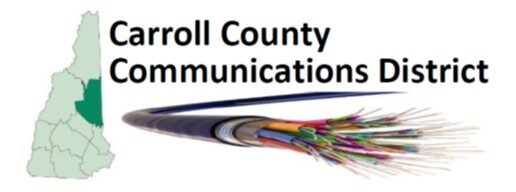Summary of the New Hampshire Digital Equity Plan (2024)
137 Page Document, Summarized by AI tool, ChatGPT
Introduction
The New Hampshire Digital Equity Plan (2024) is a comprehensive strategy designed to bridge the digital divide in the state. It presents a robust framework aiming to ensure equitable access to digital resources for all residents, focusing on enhancing broadband infrastructure, digital literacy, and cybersecurity. The plan outlines specific goals, strategies, and metrics to achieve digital equity by 2029, targeting diverse populations including low-income households, educators, and individuals with disabilities.
Key Goals and Strategies
- Enhancing Broadband Infrastructure: Recognizing the critical need for reliable internet, the plan emphasizes expanding broadband access, especially in underserved areas. The initiative involves infrastructure development, policy advocacy for affordability, and enhancing awareness about programs like the Affordable Connectivity Program (ACP).
- Access to Digital Devices and Technical Support: A pivotal goal is to provide widespread access to digital devices and technical support. This involves developing a network of digital navigators and ensuring the availability of assistive technologies, especially for marginalized communities.
- Digital Literacy and Skills Development: The plan underscores the importance of digital literacy for all age groups. It includes strategies for training educators in digital and hybrid learning methodologies and enhancing cybersafety skills among the general population.
- Cybersecurity and Data Protection: With the increasing risk of cyber threats, the plan prioritizes cybersecurity education and aims to reduce data breaches by 25% by 2029. This goal is critical for safeguarding personal and institutional data.
- Accessible Public Web Portals: Enhancing the accessibility and user-friendliness of public web portals is a key goal, ensuring that essential services are easily accessible online.
Issues and Challenges
- Sustainability of Funding: A major concern is the sustainability of funding sources, especially federal programs like the ACP, whose continuity is uncertain.
- Evolving Technological Landscape: Keeping pace with rapid technological changes poses a challenge, necessitating continuous updates in strategy and skill development.
- Local Implementation: Tailoring initiatives to local needs and ensuring effective collaboration between state, local, and private entities is crucial but complex.
Role of Local Governments
Local governments are instrumental in implementing the plan’s objectives. Their role includes:
- Community Engagement and Awareness: Local governments can drive awareness campaigns about digital equity initiatives and available resources.
- Local Infrastructure Development: They are pivotal in identifying and addressing local broadband infrastructure needs.
- Partnerships and Resource Allocation: Forming partnerships with local businesses, educational institutions, and non-profits is essential for resource mobilization and effective program implementation.
Conclusion
The New Hampshire Digital Equity Plan presents an ambitious yet vital roadmap for achieving digital equity. It requires a collaborative approach, involving state and local governments, private sector partners, and community organizations. As government workers, understanding these nuanced aspects and actively participating in the plan’s implementation is crucial for its success. The journey towards digital equity is a collective effort, promising a more connected and inclusive future for all residents of New Hampshire.
